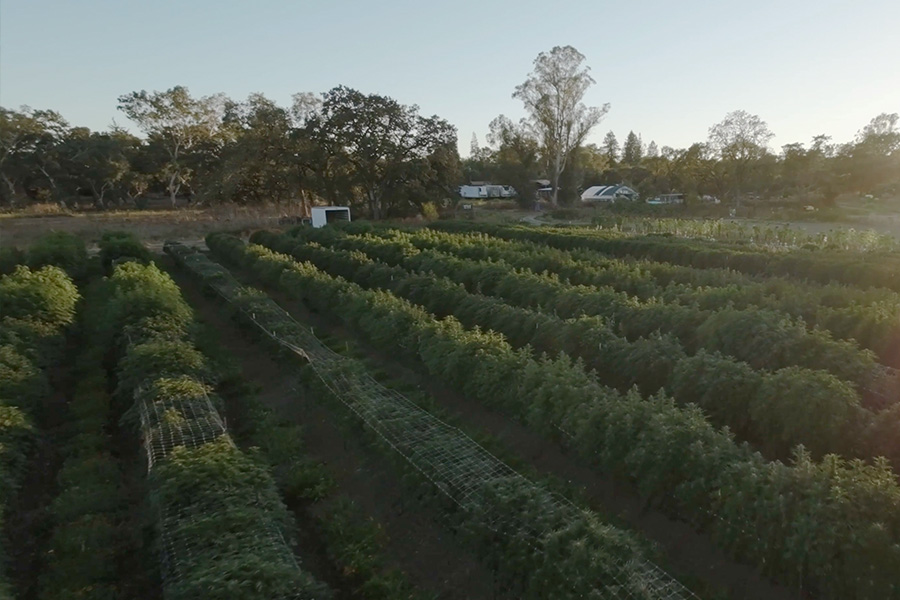For commercial growers, deciding where and how to grow cannabis is a critical decision that can greatly impact the success of their operations. The debate of indoor vs outdoor cannabis cultivation plays a significant role in this choice. There are several factors to consider, including the type of cultivation method (indoor, greenhouse, or outdoor), available resources, local market conditions, labor availability, and yield expectations. In this blog post, we will explore the different cultivation options and discuss the benefits and considerations associated with each.
Indoor Cultivation
Cultivation of cannabis indoors offers growers the highest level of control over growing conditions, resulting in high-quality finished products. By carefully managing factors such as lighting, temperature, humidity, and nutrients, growers can achieve optimal results. However, indoor cultivation is energy-intensive and can be expensive to set up and maintain. Additionally, the lack of terroir (specific attributes from native soils) in indoor grown cannabis is a point of contention among enthusiasts who value the unique characteristics of outdoor-grown strains.
Greenhouse Cultivation
Greenhouse cultivation provides a balance between indoor and outdoor growing methods. Conventional greenhouses offer controlled environments with features like adjustable airflow, supplemental lighting, and CO2 supplementation. They can accommodate plants in native soil or with potting soil or individual pots on rolling benches. Greenhouses provide protection from external elements while still allowing for natural sunlight. However, the costs associated with greenhouse cultivation, including infrastructure and operational expenses, can be significant.
Hoop House Cultivation
Hoop houses are a more cost-effective option for growers seeking season extension and protection against wind or rain. These structures are simpler versions of greenhouses (sometimes called a hoop house greenhouse), usually without endwalls. Hoop houses offer diffuse light, which can result in lighter-colored flowers that are often preferred by the market. While hoop house cultivation may lack some of the control and benefits of indoor or conventional greenhouse methods, it is a viable option for growers looking for a more economical approach.
Outdoor Cultivation
Growing cannabis outdoors in full sunlight and native soil is often touted as the most sustainable and cost-effective method. It requires minimal infrastructure, uses less water and fertilizer, and benefits from the natural terroir. Outdoor cannabis cultivation results in unique flavors and aromas that enthusiasts appreciate. However, it is subject to weather conditions, seasonal limitations, and potential pest or disease challenges. Effective marketing strategies may be required to boost profits compared to indoor or greenhouse production.
Conclusion
Determining the appropriate scale and cultivation method for growing cannabis involves a careful evaluation of various factors, including available resources, market demands, operational costs, and desired product quality. Each option – indoor, hoop house, greenhouse, or outdoor cultivation – has its strengths and considerations. By understanding the benefits and trade-offs associated with each method, growers can make informed decisions that align with their goals and values. Whether it’s achieving high-quality flowers in a controlled environment or harnessing the natural elements for sustainability, the choice ultimately depends on the individual goals and circumstances of the cannabis cultivator, particularly when choosing between indoor vs outdoor cannabis cultivation.
You May Also Want to Read
